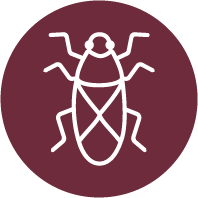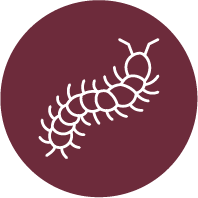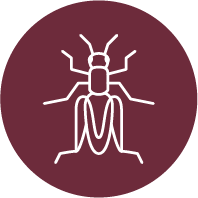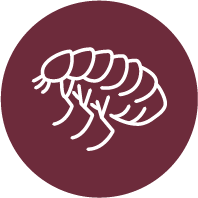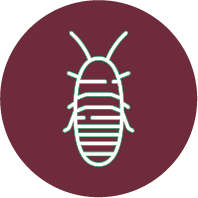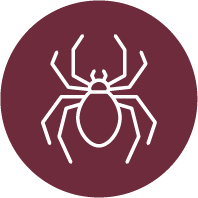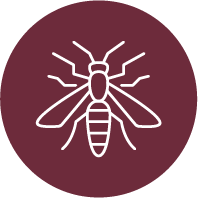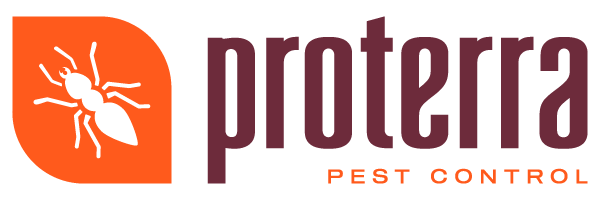The Threats of Silverfish and Pest Control
Silverfish are a common household pest that many residents of Washington State encounter. Though these insects are not directly harmful to humans or pets, their presence can be a nuisance and indicative of larger issues with home maintenance. Understanding the biology, behavior, and threats posed by silverfish can help in developing an effective and safe pest control strategy.
Biology and Behavior of Silverfish
Silverfish are small, wingless insects characterized by their silver-blue color and fish-like movements. They are primarily nocturnal, hiding during the day in damp, dark areas like basements, attics, and behind wallpaper. They feed on various organic materials including paper, glue, and some textiles, which means they can damage books, wallpapers, and clothing.
Why Silverfish are a Problem
Though they do not pose a direct threat to human health, silverfish are not a species you would want to share your home with. They can contaminate food, stain clothing, and ruin books or important documents. They are also a sign that your home may have other issues, such as excess moisture, which can lead to mold growth and attract other pests.
Pest Control Measures
Managing a silverfish infestation involves both chemical and non-chemical approaches. Insecticides can be effective but must be used carefully, especially in homes with children or pets. Non-chemical methods include reducing moisture through the use of dehumidifiers, sealing entry points to prevent silverfish from entering the home, and removing food sources like old books or stored food items.
Safety Considerations in Washington
Washington State has specific regulations when it comes to pesticide use, especially in residential areas. When considering chemical methods for silverfish control, it is crucial to choose EPA-registered pesticides and to follow the directions carefully. Furthermore, opting for a professional pest control service can ensure that all treatments are in compliance with state laws and safety guidelines.
Professional Help
If your silverfish infestation persists despite DIY measures, seeking professional help is advisable. Pest control companies can offer more effective solutions and also provide advice on preventing future infestations. They can conduct a thorough inspection, identify the root causes, and recommend targeted treatments.
Prevention is Key
Long-term control of silverfish involves making your home less hospitable to them. This includes fixing leaks promptly, keeping basements and attics well-ventilated, and storing items like books and clothes in sealed plastic containers. Regularly cleaning and vacuuming can also help remove any eggs or small insects that may have been overlooked.
Protecting your home from silverfish and other pests is a task that requires vigilance and an understanding of the specific challenges posed by Washington's climate and regulations. Chemical treatments, while effective, must be applied with safety in mind. Non-chemical methods, often preferable for their lower risk, are part of an integrated approach that includes prevention and regular maintenance. By combining these strategies, you can keep your home free from silverfish while also adhering to Washington's safety guidelines.
Dealing with a persistent silverfish problem in Washington? Reach out to us for a comprehensive, safe, and state-compliant pest control solution tailored to your needs.
